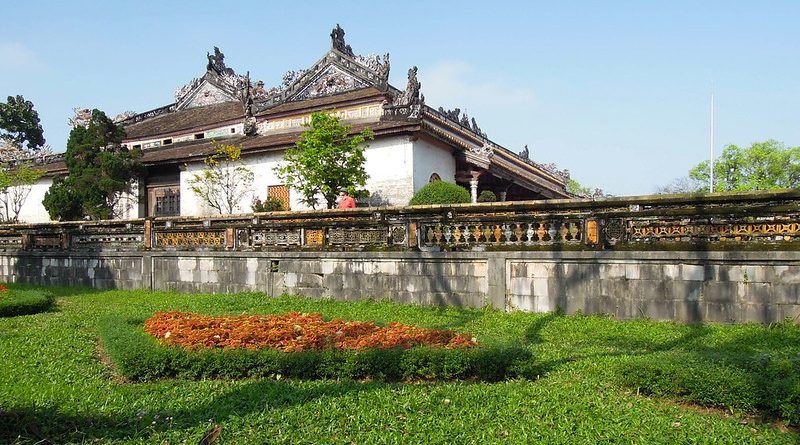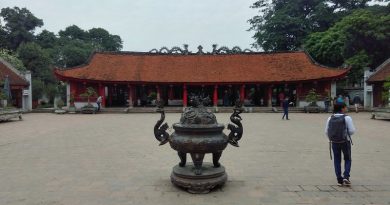Imperial City of Hue in Vietnam
History facts
Hue lies on Vietnam’s central coast, midway between Hanoi and Ho-Chi-Minh City. It is the cultural and intellectual centre of the country and was the capital city until 1945, in the time when Vietnam was ruled by the Nguyen emperors. It was here that they built their majestic temples, pagodas and ancient tombs which are now the main tourist attractions. The locals will also tell you that the most beautiful women in Vietnam come from here and it is considered one of the most romantic and picturesque cities in the country.
Between 1975 and 1990 the Communist government regarded Hue’s history as politically incorrect, reflecting the “feudal Nguyen Dynasty”. The local government realised that its cultural sites had potential for tourism but it was only in 1993 that the monuments in Hue were designated a UNESCO World Heritage site.
What’s there to see and do?
Many of the city’s attractions lie within the Citadel, including the Imperial Enclosure (a miniature citadel within a citadel) where the Nguyen emperors official functions were carried out. Inside the Imperial Enclosure is the Forbidden Purple City, reserved for the personal use of the emperor and was accessible only to eunuch servants who posed no threat to the household. Other attractions include the ceremonial Thai Hoa Palace (Palace of Supreme Harmony) and the Ngo Mon Gate (Noontime gate), the principle entrance to the Imperial Enclosure. There is also a chance to take in a boat tour along the Perfume River which runs through the city. From here you can see some of the tombs that lie outside of the Citadel.
Hue also has a more recent history which draws tourists to the city. During the 1968 Tet Offensive (a surprise attack by the North Vietnamese during the holy period of Tet) Hue was the site of one of the most infamous battles of the Vietnam War, dramatised in Stanley Kubrick’s Full Metal Jacket film. Held by the North Vietnamese for three weeks, Hue was liberated by the Americans only after 10,000 people had died and much of the city’s historic buildings had been destroyed. The memories of this battle are still here, with many old US tanks and artillery gathered outside the Citadel walls.
More Information
The silent tears in Hue City
Website commemorating the dead of Hue and giving an insight into what happened there during the wars with the French and Americans.
Exploring Vietnam’s Ancient Capital
GORP’s perspective of present day Hue and its tourist attractions
Hue
photos of Hue care of farOffLands.com travelogue site
By Jonny Wiles




